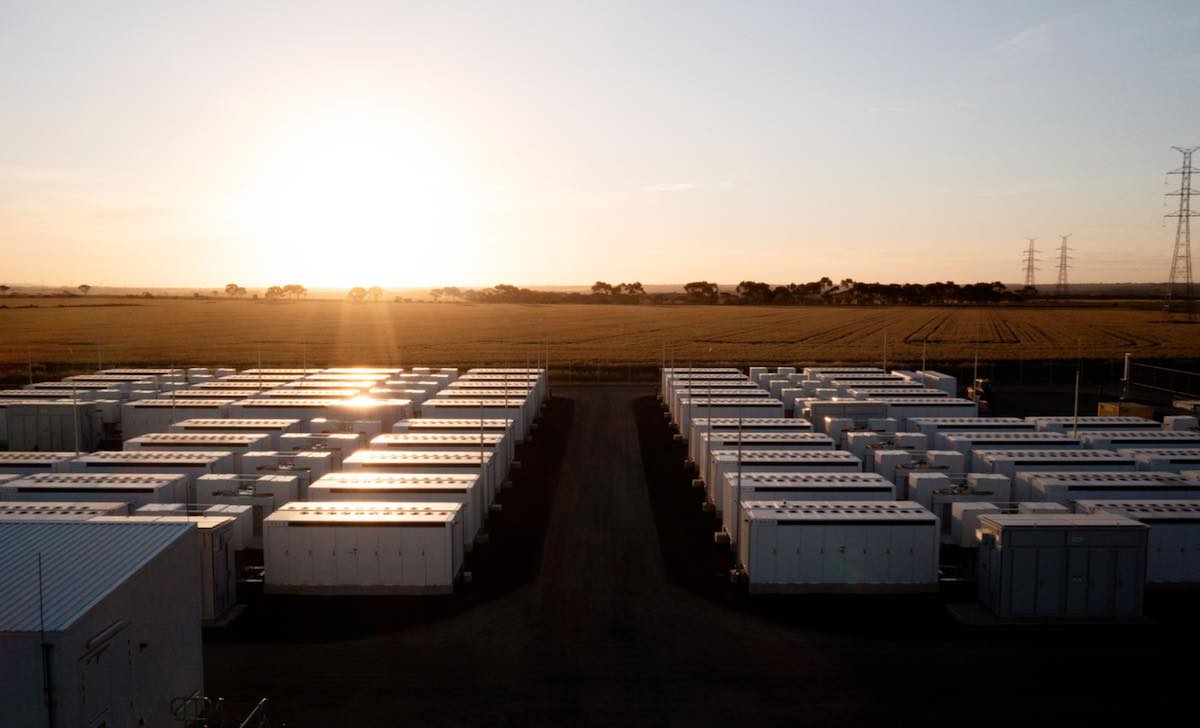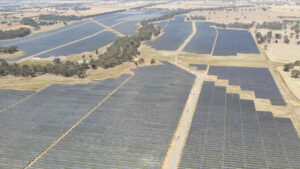The first official appraisal of 5-minute settlements has highlighted a significant change in bidding patterns, not just for coal and gas generators, but also for wind and solar farms.
The switch to 5-minute settlements was driven by large energy consumers – led by the Townsville-based zinc refinery Sun Metals – who argued that prices were being rorted by big generators withholding capacity to force prices higher, and then flooding the market with negative bids as they tried to cash in on the bonanza.
The big generators were able to do that because under the previous system, prices were settled over a 30 minute period, or an average of six 5-minute trading intervals.
A significant price spike in the first or second of these periods was often a signal for a stampede of offers at the market floor (minus $1,000/MWh) because the price spikes to the market cap guaranteed windfall returns over the 30 minute settlement period.
The switch to 5-minute settlements was also supported because it would support fast and flexible equipment, such as battery storage, to facilitate the transition to a renewables grid. Some big utilities have closed, or will close, older, slow moving thermal generators with fast-start equipment that can keep up with the new settings.
The new system came into effect, after a multi-year delay, on October 1, and the Australian energy Market Operator has given the first official appraisal of its impact in its latest Quarterly Energy Dynamics report for the three months to the end of December.
The most obvious impact is the complete absence of rebidding down to the market floor (minus $1,000/MWh) after a price spike, particularly in states such as Queensland as illustrated below.
“An early and readily observable impact of the change to 5MS from 1 October 2021 was the effective cessation of dispatch prices regularly falling to the market price floor of -$1,000/MWh following a very high price dispatch interval,” AEMO notes.
“Previously, loads and generators had a strong financial incentive to rebid after a price spike early in a 30-minute trading interval due to the effect of the spike on the 30-minute average settlement price.
“Under 5MS, this incentive is removed, and in most circumstances price spikes have not been followed by price collapses to the floor over the balance of a half-hour.”
But thermal generators are not the only ones to change the patterns of bidding behaviour.
Wind and solar farms will often bid to the market floor to ensure they are dispatched, at least when prices are in positive territory. (Although the nature of their contracts force them to bid high if the market price does go negative to they, or their off taker, are not force to pay others for the electricity they produce).
AEMO has observed a greater shift of bidding patterns from wind and solar farms to a band of offers around minus $35/MWh to minus $50/MWh. That roughly equates to the value of large scale generation certificates and allows many of them to still break even at that price.
“A large proportion of semi-scheduled generators (the technical market term for large scale wind and solar), across the NEM have altered their bidding behaviour,” AEMO notes.
“During the week prior to 1 October 2021, on average over 8,600 MW of nominal capacity was offered at market price floor of -$1,000/MWh.
“However, since then volumes offered at this level have declined substantially, with only around 5,500 MW offered in the week after 1 October, as more VRE generators shifted their offers towards their break-even price or short run marginal cost (SRMC) within the -$100/MWh to -$35/MWh ranges.
Typically, a VRE generator’s break- even price is influenced by the value of an LGC, however other factors such as a generator’s power purchase agreements (PPAs) and portfolio position are also key determinant to this price.”











